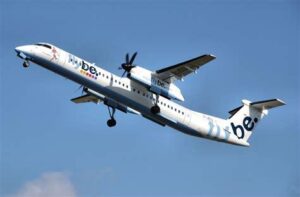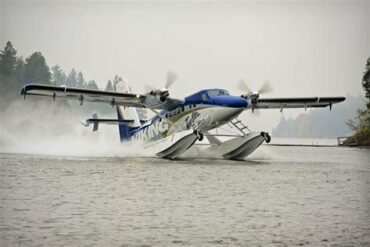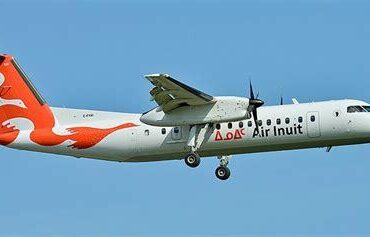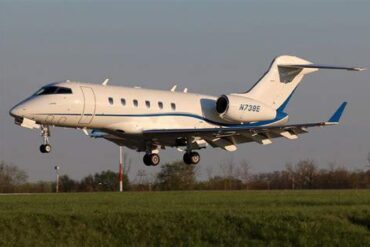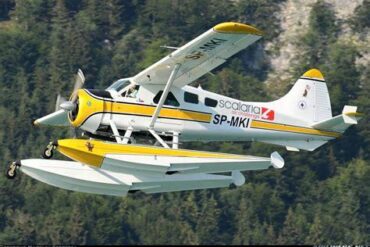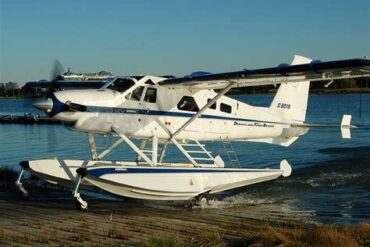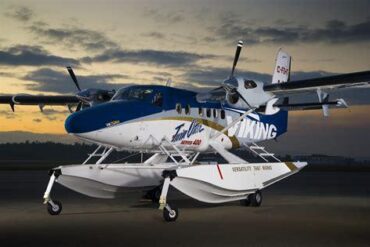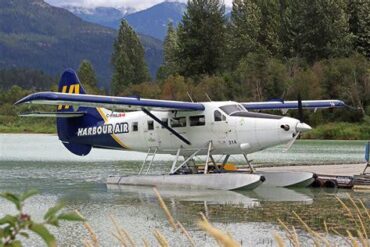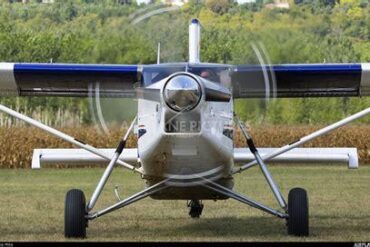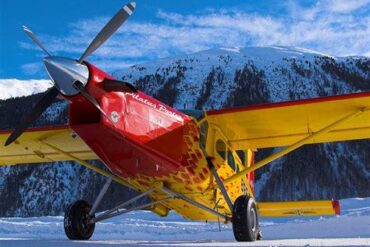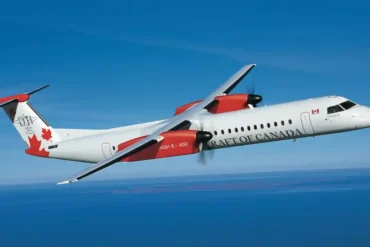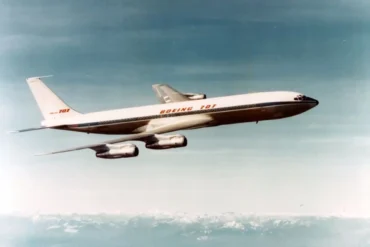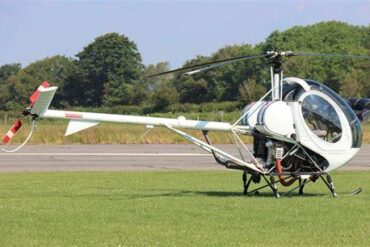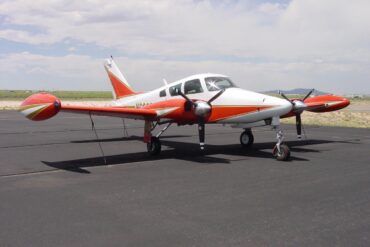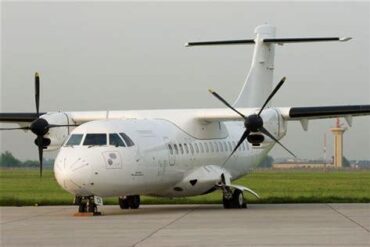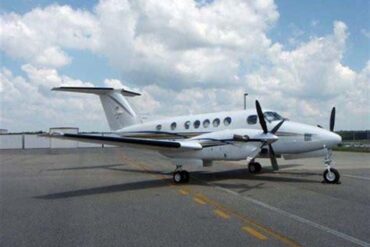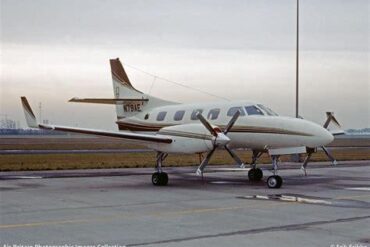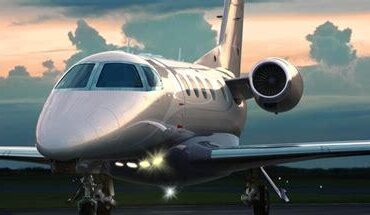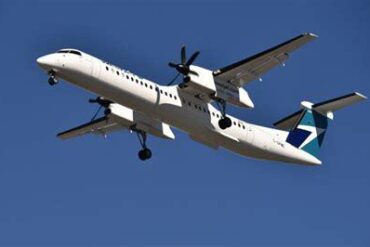The Bombardier/DeHavilland Dash 8-300 is a versatile twin-engine turboprop aircraft that has become a cornerstone in regional aviation. Known for its exceptional performance, reliability, and cost-effectiveness, the Dash 8-300 has garnered attention from operators worldwide. In this article, we will delve into the price of acquiring a Dash 8-300 and explore the operating costs associated with this aircraft, providing potential buyers and operators with a comprehensive overview of what to expect.
Overview of the Bombardier/DeHavilland Dash 8-300
The Dash 8-300 is part of the Dash 8 family, which was initially developed by Bombardier Aerospace in the late 1980s. The aircraft is designed for short-haul regional routes and can accommodate between 50 to 56 passengers in a typical configuration. With a maximum range of approximately 1,500 nautical miles, the Dash 8-300 is well-suited for connecting smaller airports to major hubs, making it an ideal choice for regional airlines.
Acquisition Cost of the Dash 8-300
When considering the purchase of a Dash 8-300, potential buyers should be aware of the initial acquisition cost, which can vary significantly based on factors such as aircraft condition, age, and market demand. As of 2023, the price range for a used Dash 8-300 typically falls between $3 million to $6 million.
Factors Influencing the Purchase Price
-
Aircraft Age and Condition: Newer models or those with fewer flight hours generally command higher prices. Thorough inspections and maintenance records can also impact the valuation.
-
Modifications and Upgrades: Aircraft that have been retrofitted with the latest technology or upgraded interiors may be priced higher due to enhanced operational capabilities and passenger comfort.
-
Market Demand: Fluctuations in the aviation market can influence pricing, with high demand for regional aircraft often driving prices upwards.
-
Geographic Location: The location of the sale can affect pricing due to regional economic conditions and the availability of similar aircraft in the market.
Operating Costs of the Dash 8-300
Understanding the operating costs is crucial for airlines and operators to effectively manage their budgets. The operating costs of the Dash 8-300 encompass various components, including fuel expenses, maintenance, crew salaries, insurance, and more. Here’s a detailed breakdown of these costs:
1. Fuel Costs
Fuel is one of the most significant operating expenses for any aircraft. The Dash 8-300 has a fuel consumption rate of approximately 800 to 1,000 pounds per hour. Given the average fuel price of $5 per gallon, operators can expect fuel costs to be around $1,500 to $2,000 per hour of operation.
2. Maintenance Costs
Maintenance is another critical aspect of operating an aircraft. The Dash 8-300 requires both scheduled and unscheduled maintenance, which can vary based on usage and age. On average, maintenance costs are estimated to be around $400 to $600 per flight hour. This includes routine inspections, parts replacement, and labor costs associated with keeping the aircraft in optimal condition.
Scheduled Maintenance
Scheduled maintenance follows a predetermined timetable, typically outlined in the aircraft’s maintenance manual. Operators must adhere to these schedules to ensure safety and compliance with regulatory standards.
Unscheduled Maintenance
Unscheduled maintenance can arise from unexpected issues or wear and tear. This can lead to significant costs if not properly managed, highlighting the importance of thorough pre-flight checks and regular inspections.
3. Crew Salaries
Crew salaries form another essential component of operating costs. The Dash 8-300 typically requires a flight crew consisting of two pilots. Depending on experience and regional standards, pilot salaries can range from $60,000 to $120,000 per year. Additionally, cabin crew salaries should also be factored into the overall cost, which can add an extra $30,000 to $50,000 per flight crew member annually.
4. Insurance Costs
Insurance is a necessary expense for any aircraft operator. The cost of insuring a Dash 8-300 can vary based on factors such as the operator’s safety record, geographic location, and coverage requirements. On average, operators can expect to pay around $20,000 to $50,000 annually for insurance coverage.
5. Landing and Takeoff Fees
Landing and takeoff fees are incurred whenever the Dash 8-300 operates at an airport. These fees can vary significantly depending on the airport’s location, size, and traffic. On average, operators should budget around $1,000 to $3,000 per landing.
6. Depreciation Costs
Depreciation is an essential factor to consider when evaluating the long-term costs of operating an aircraft. The Dash 8-300 typically depreciates at a rate of 5% to 7% per year, impacting the overall financial performance of the aircraft over time. Operators should account for depreciation in their financial planning to ensure sustainable operations.
Total Estimated Operating Costs
When combining all the aforementioned costs, the total estimated operating cost for the Dash 8-300 can range from $2,500 to $4,500 per flight hour. This figure includes fuel, maintenance, crew salaries, insurance, and other associated expenses. Understanding these costs is crucial for airlines seeking to maximize profitability while maintaining competitive ticket pricing.
Comparative Analysis with Similar Aircraft
To provide context, it is valuable to compare the Dash 8-300’s costs with similar regional aircraft, such as the ATR 72 and Embraer ERJ-145. While each aircraft has its unique strengths and weaknesses, the Dash 8-300 often stands out due to its superior fuel efficiency and operational flexibility.
1. ATR 72
The ATR 72 is a direct competitor to the Dash 8-300, with similar passenger capacity and range. However, operating costs for the ATR 72 can be slightly higher due to its fuel consumption rates. Operators should carefully evaluate the trade-offs between acquisition costs and operational efficiencies when choosing between these aircraft.
2. Embraer ERJ-145
The Embraer ERJ-145 is a jet aircraft that offers different operational capabilities compared to the Dash 8-300. While the ERJ-145 has higher cruise speeds and longer ranges, its operating costs are generally greater, primarily due to higher fuel consumption and maintenance expenses. This makes the Dash 8-300 a more cost-effective option for many regional airlines.
Conclusion
In conclusion, the Bombardier/DeHavilland Dash 8-300 presents an attractive option for regional airlines looking to optimize their fleet with a reliable and cost-effective aircraft. With an acquisition price ranging from $3 million to $6 million and estimated operating costs between $2,500 to $4,500 per flight hour, the Dash 8-300 offers a compelling value proposition. By carefully analyzing the associated costs and comparing them with similar aircraft, operators can make informed decisions that align with their operational goals and financial objectives. As the aviation industry continues to evolve, the Dash 8-300 remains a steadfast choice for regional connectivity and operational efficiency.
